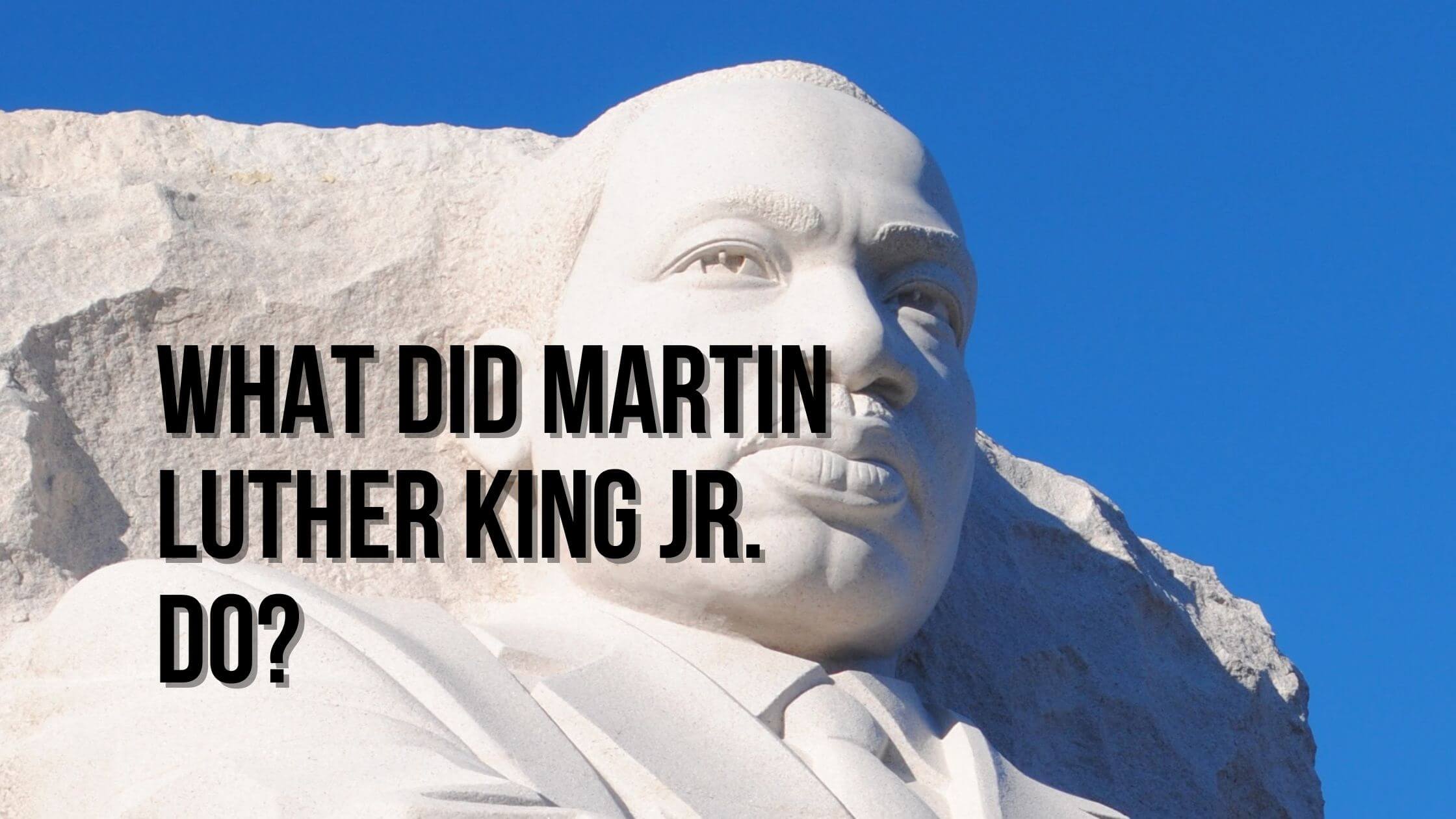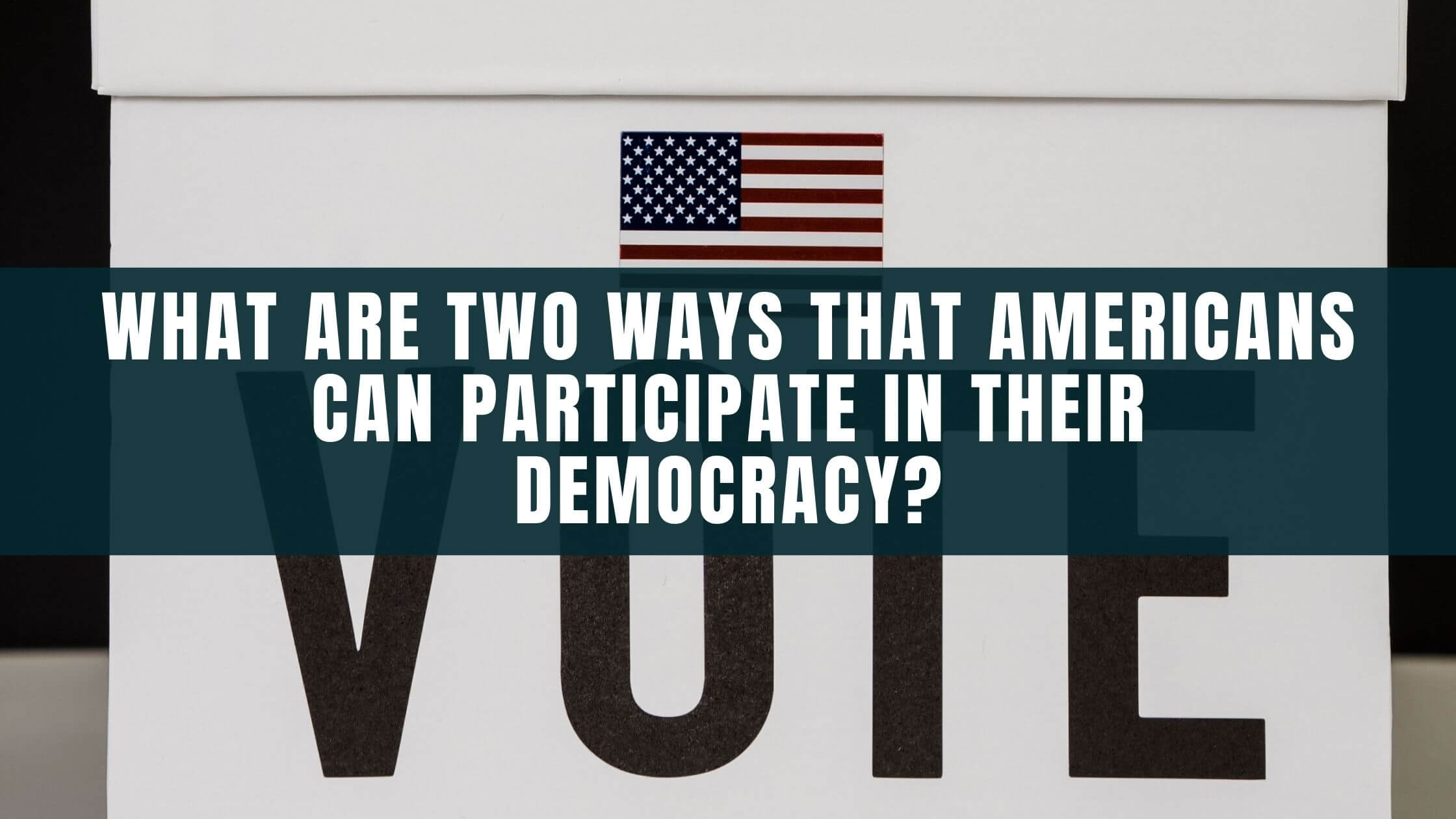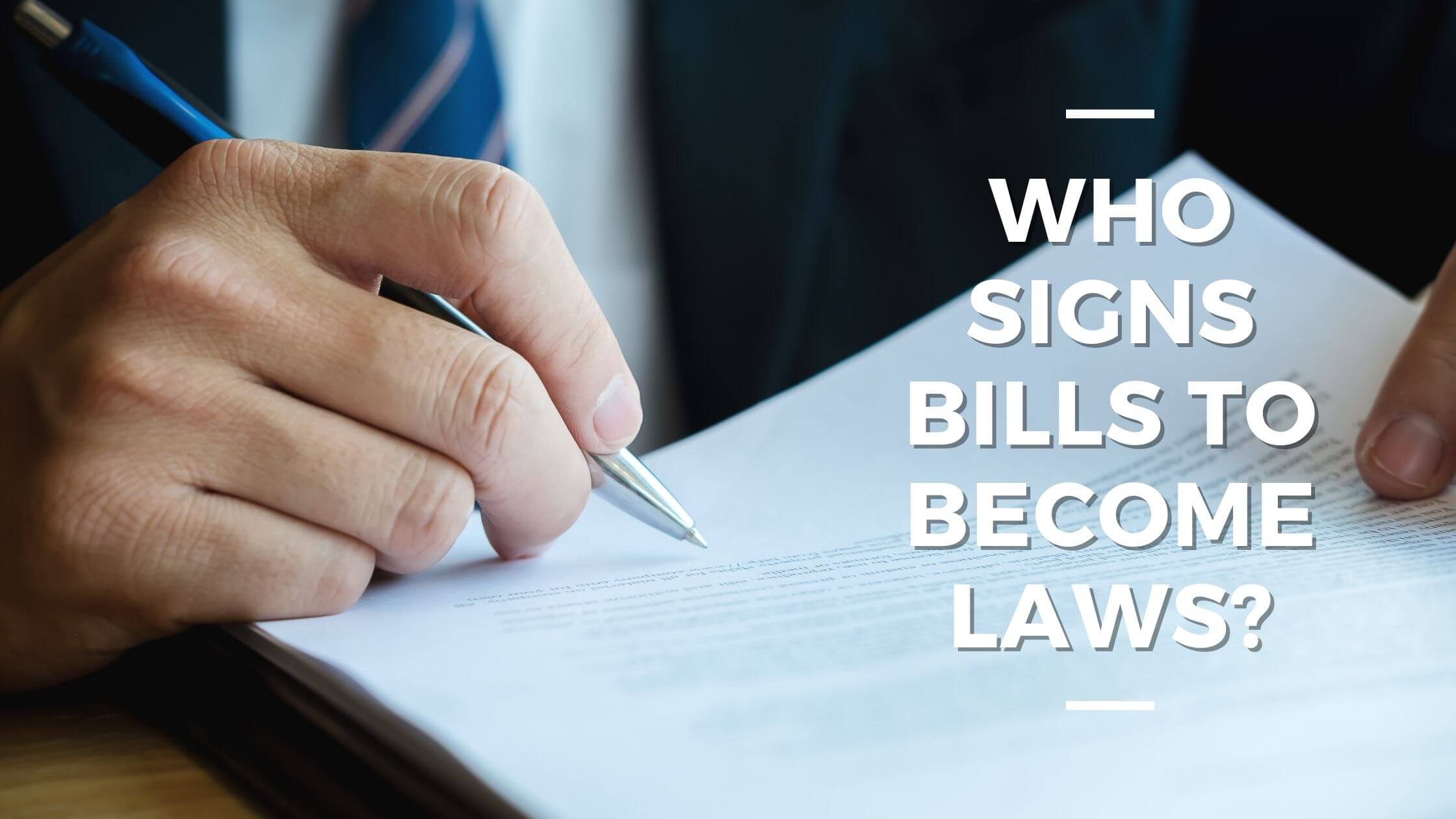Table of Contents
ToggleSources
- https://www.usa.gov/federal-government
This official U.S. government website provides a comprehensive overview of the federal government's structure and powers, directly supporting the post's claims about federal vs. state powers. - https://www.usmint.gov/about
The U.S. Mint's official website verifies the federal government's exclusive authority to produce coins, supporting the post's explanation about money printing powers. - https://www.archives.gov/founding-docs/constitution-transcript
The National Archives provides the full text of the U.S. Constitution, which directly supports the post's claims about enumerated federal powers (Article I, Section 8) and the Ninth/Tenth Amendments. - https://www.federalreserve.gov/faqs/money_12845.htm
The Federal Reserve's official FAQ explains how money is created and circulated, supporting the post's discussion about money supply and electronic currency creation. - https://www.senate.gov/civics/constitution_item/constitution.htm#a1_sec8
The U.S. Senate's official website provides detailed constitutional explanations, particularly supporting the post's claims about congressional war powers (Article I, Section 8) and treaty-making powers. - https://www.law.cornell.edu/wex/war_powers_clause
Cornell Law School's legal explanation of war powers supports the post's discussion about congressional vs. presidential authority regarding declarations of war.
Key Points
- The federal government's powers are limited to those explicitly granted by the US Constitution, with other powers reserved for states or the people.
- Key powers of the federal government include printing money, declaring war, creating an army, and making treaties.
- The federal government controls the money supply primarily through electronic means, not just printing physical bills.
- Only Congress has the power to formally declare war, though presidents have used military force without declarations, leading to debates over constitutional limits.
- The federal government exclusively controls the creation and regulation of the official army, though states may have militias.
- Treaty-making is a federal power, and international treaties signed by the US are considered 'the law of the land.'
- The federal government's powers are intentionally limited to protect states' rights and individual liberties, as outlined in the Ninth and Tenth Amendments.
- Historical examples, like the Civil War and Cold War conflicts, show complexities in how war powers are exercised without formal declarations.
- Congressional Authorizations for the Use of Military Force (AUMFs) have been used post-WWII to engage in conflicts without formal war declarations.
- The Federal Reserve influences the money supply through open market operations, affecting interest rates and economic activity.
Summary
The blog post explains key powers of the U.S. federal government, including printing money, declaring war, creating an army, and making treaties—all derived from the Constitution. It highlights how these powers are limited to maintain states' rights and civil liberties, with examples like Congress's role in declaring war and the Federal Reserve's control over the money supply. The post also emphasizes the balance of power between federal and state governments, rooted in constitutional amendments like the Ninth and Tenth Amendments.
To pass the US citizenship test, you will have to answer 10 of a possible 100 questions. The following question is from the USCIS test.
Under our Constitution, some powers belong to the federal government. What is one power of the federal government?
Acceptable Answers:
- to print money
- to declare war
- to create an army
- to make treaties
The following is a full explanation of the USCIS question:
What Powers Does the Federal Government Have?
While the federal government has extensive powers, they are limited to those given to it by the United States Constitution. If a power is not explicitly granted to the federal government in the constitution, it belongs to the states or the people and not the federal government. This comes from the Ninth Amendment, limiting the federal government’s powers to what the constitution gives them.
The federal government does not issue driver’s licenses, provide public schooling, ensure police/fire protection, or divide the land into zones – the states do these things. The federal government is powerful but has a fairly limited range of powers.
Printing Money
The federal government controls the Treasury Department, including the Bureau of Engraving and Printing. The federal government and not anyone in the Treasury Department has the authority to decide exactly how many bills to print. The United States Mint also produces all coins that the federal government orders.
First, the government sends an order to the Bureau of Engraving and Printing (BEP). The BEP then distributes it to a small number of cash offices, distributing the bills to a much larger number of banks. Armored cars are used to distribute all of the money.
Counterfeiting is a serious crime and is against federal law. Anyone who makes fake United States banknotes can end up in a federal court and get up to 15 years in prison.
How Does Federal Government Control the Money Supply?
Since the pandemic’s beginning, an enormous amount of money has been added to the money supply. However, most of this increase did not come from printing bills.

Get Smarter on US News, History, and the Constitution
Join the thousands of fellow patriots who rely on our 5-minute newsletter to stay informed on the key events and trends that shaped our nation's past and continue to shape its present.
The total value of printed paper money the Federal Government ordered in 2020 was only about $146.4 billion. This was far less than the total amount of money the government added to the economy.
The federal government creates money mostly by increasing the money supply, not printing new bills. They create electronic money or release already printed bills.
How Does Money Printing Work?
The Federal Reserve determines how many US dollars are in circulation, either as bills or electronic currency. Most money is created digitally and given to banks.
Printing money and distributing it to banks is secondary to “printing” electronic dollars. The money that the Federal Reserve creates ends up in circulation after banks use it to lend to people.
What Are “Open Market Operations”?
Open market operations are how the Federal Reserve increases or decreases the money supply in the United States. If the Federal Reserve buys securities, including United States Treasury Securities, the banks have more money to lend out.
This leads to more lending, lower interest rates, and a higher money supply. It creates money for government programs and boosts the economy but leads to inflation. The Federal Reserve can also sell treasuries to raise interest rates and remove money from the economy.
Declaring War
Only Congress has the power to declare war. Certainly, a state does not have the right to attack a foreign country, and the president also doesn’t make these decisions. Some Founding Fathers argued that giving the president the power to declare war would make them too similar to a monarch, even if they were elected fairly.
Since as far back as the Constitutional Convention, Congress has had the power to declare war, and the president has been the commander-in-chief of the army and navy. While Congress sometimes votes unanimously for war, the votes are mixed in other cases. Some examples of the House of Representatives votes are:
- War with Germany in 1941: 393-0
- War with Japan in 1941: 388-1
- War with Germany in 1917: 373-50
- War with Mexico in 1846: 174-14
- War with Great Britain in 1812: 79-49
Both Congress (the legislative branch) and the president (the executive branch) have the power to determine foreign policy. The judicial branch potentially also plays a part by blocking some decisions the executive branch makes during a war. For example, the Supreme Court has ruled that the judicial branch can determine if foreign prisoners are wrongly imprisoned.
Was the Civil War a Declared War?
Abraham Lincoln never formally declared war on the Confederacy because he did not recognize their national government as an independent state, only a group of rebels. George Washington also did not declare war on Britain at any point, and neither did any of the other rebels. The White House can decide on a war without declaring war.
Did the President Have the Power To Declare War During the Cold War?
During the Cold War, the president used the military against foreign powers by attacking countries without formally declaring war. This made people nervous – if the president could order attacks without declaring war, then the constitution was no longer functioning as it should.
America sent forces to South Korea, Vietnam, Laos, and the Dominican Republic without formally declaring war on any of these countries. Realizing that this was dangerous, Congress passed the War Powers Resolution to ensure that the president’s powers were limited as the constitution intended.
However, the War Powers Resolution might not be very effective. The president might still have more power to wage war than the constitution says they do.
Congressional Authorizations for the Use of Military Force
Instead of a declaration of war, Congress might give a president a Congressional Authorization for the Use of Military Force (AUMF) which allows for more limited military actions than a formal declaration of war. Since World War 2, these AUMFs have led to large conflicts that must be considered wars even though the USA did not declare war. None of the Korean War, Vietnam War, Gulf War, Afghanistan War, or Iraq War were declared wars.
The power to declare war is still fully under the federal government’s control. While it is easier for the president to control military force than before, the power is not put to a popular vote and is not in the hands of state governments.
Creating an Army
While there are state and local militias, only the federal government can create an army. Some states have “state guards” or “state militias” that are close to state armies and are not controlled by the president, but the official army is created/controlled by the Federal Government.
The articles of the original constitution empower the federal government to:
- Create and maintain a navy
- To raise and support armies (“but no appropriation of money to that use shall be for a longer-term than two years)
- To make rules regulating the army and navy
- To use the armed forces to enforce laws, put down insurrections, and repel invasions
Making Treaties
The power to make treaties also belongs to the federal government, not the states or the people. While this wasn’t true as far back as the constitution, the president today negotiates with other countries. Congress does not interfere with the president’s negotiations.
Americans are required to obey most international treaties that the United States signs. Usually, a treaty is “the law of the land” and must be obeyed as any law the legislature passes.
It is also possible for Congress to pass a law that breaks an international treaty. Breaking a treaty might anger another country or make the United States seem untrustworthy. However, the United States can still legally break treaties if it is necessary to do so.
Why Are the Federal Government’s Powers So Limited?
The federal governments’ powers are limited under constitutional law for the sake of states’ rights, civil rights, and civil liberties. Certain Founding Fathers, such as James Madison, wanted to limit federal power so that the federal government wouldn’t eventually oppress the people. While Madison believed in federalism and wanted to strengthen the national government, he also wanted to place limits on its power.
Since many of the constitution’s framers wanted to ensure that the federal government could not overrule every state law and local government, they added the Ninth Amendment. The Ninth Amendment ensured that the federal government could not gain more powers without an amendment to the United States Constitution.
They also added the Tenth Amendment, which further defended people from state power. The Tenth Amendment says that people may have rights that are not explicitly mentioned in the constitution.
Under Our Constitution, Some Powers Belong to the Federal Government. What Is One Power of the Federal? Quiz
Frequently Asked Questions
What is one power of the federal government under the US Constitution?
How does the federal government control the money supply?
Who has the power to declare war in the United States?
Can states create their own armies?
Why are the federal government's powers limited under the Constitution?
How useful was this post?
Click on a star to rate it!
Average rating / 5. Vote count:
No votes so far! Be the first to rate this post.
We are sorry that this post was not useful for you!
Let us improve this post!
Tell us how we can improve this post?






